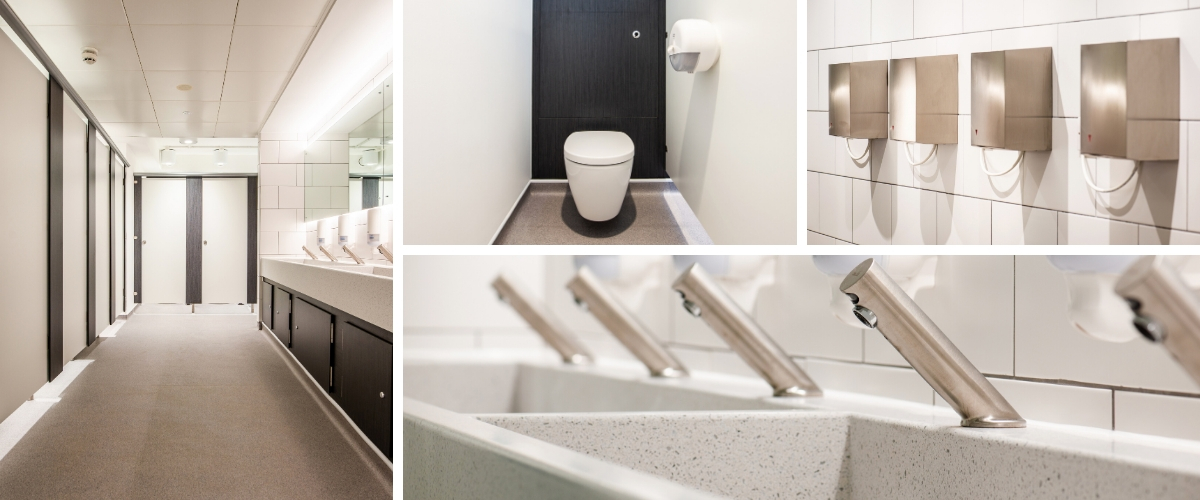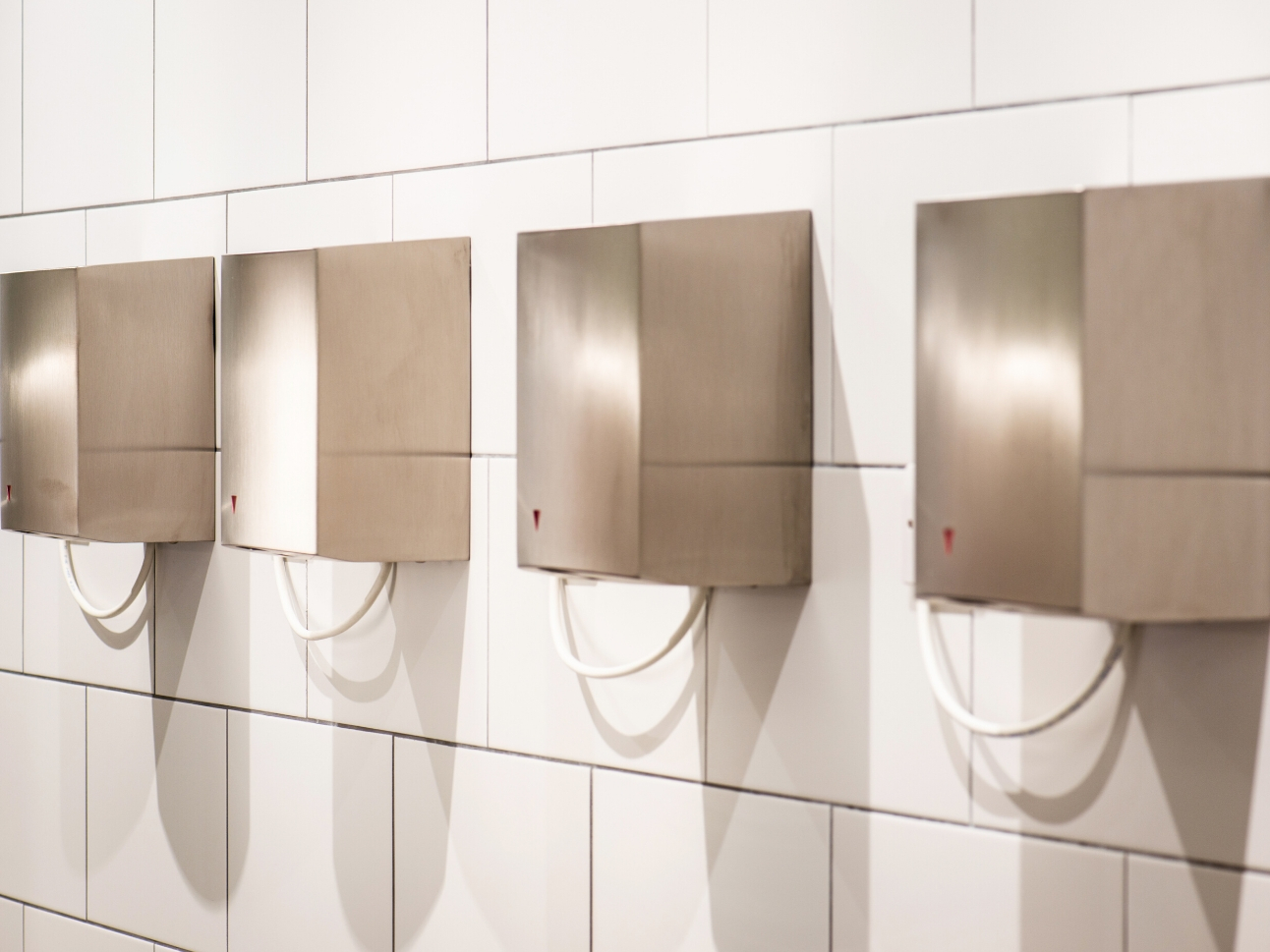Oxford University Museum of Natural History Toilet Refurbishment - Case Study

Working in historical properties can often require a unique approach when it comes to renovations. A recent project we carried out for Oxford University’s Museum of Natural History called for our expertise in this area and included a level of customisation to sanitary ware.
The prestigious property enjoys a high footfall year-round and several washrooms were in need of upgrading. Due to the high number of visitors, durability was high on the specification as was a need for easy cleaning wherever possible.
The areas were stripped back to an empty shell in order for us to make the best use of the available space. Full height DUCT sets were fitted, which enabled us to conceal all the pipework and services for both toilets and urinals. Cubicles were from our Ultra range and built from solid grade laminate. This material was also used throughout the DUCT system panelling due to its impressive durability. Being completely impervious to water, it’s one of the most robust materials available.
Ideal Standard wall hung toilet pans were used within the cubicles and partnered with Dart Valley Systems sensor activated flush kits. The sensor activation was followed throughout the washrooms with Aquarius sensor taps and fast dry hand dryers. This modern move significantly reduces the number of surfaces a user needs to touch within the washroom, so bacteria is not spread as easily, hygiene is vastly improved, and cleaning is made easier.
Older buildings tend to have internal dimensions that don't run square, which can sometimes impinge on the desired finish. To get around an uneven wall, we had a bespoke urinal trough manufactured to the exacting measurements of the space provided and were able to install a custom three-metre long unit seamlessly.
In another location, we created a custom vanity unit with a waste chute dropping into a bin concealed within. This helped maintain the clean aesthetic of the room and keep it looking fresh and tidy even during busy periods.
To help cope with peak times in the museum, we also fed the urinal flush kits from the mains water supply as opposed to a header tank or cistern. This means water can be called for on-demand and can cater for large groups of users in the washrooms at the same time.
The Oxford University Museum of Natural History project was carried out over the summer shutdown months, ahead of a new academic year beginning.







MORE TO EXPLORE IN Related Posts

Fast Dry Hand Dryer Stainless Steel

Ultra Fast Delivery SGL Cubicle Packs

Ideal Standard Concept Wall Hung Toilet With Aquablade Technology
As low as £406.80 £339.00

DVS Automatic Toilet Sensor Flush Kit
As low as £408.00 £340.00

DVS Aquarius Deck Mounted Sensor Tap (A45) No Touch
As low as £280.80 £234.00

Vanity Unit Underframe with Access Panels
As low as £180.00 £150.00

Full Height Blank IPS Duct Panel Set
As low as £342.00 £285.00






